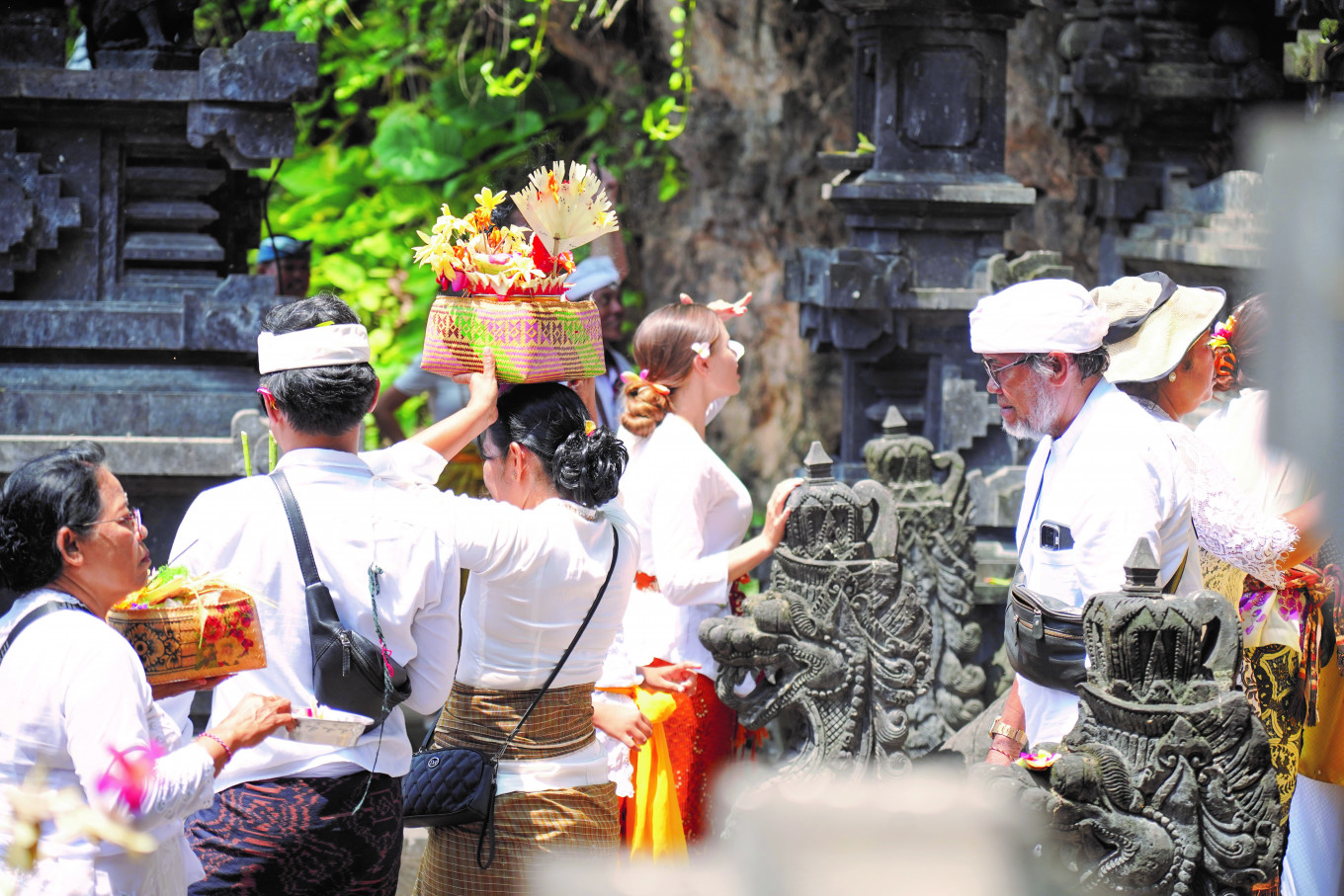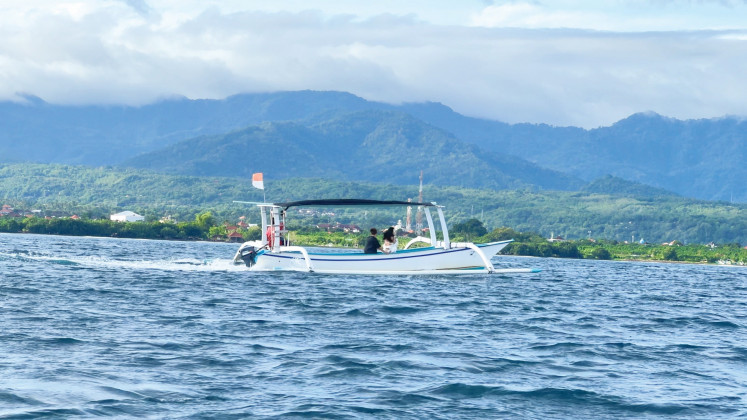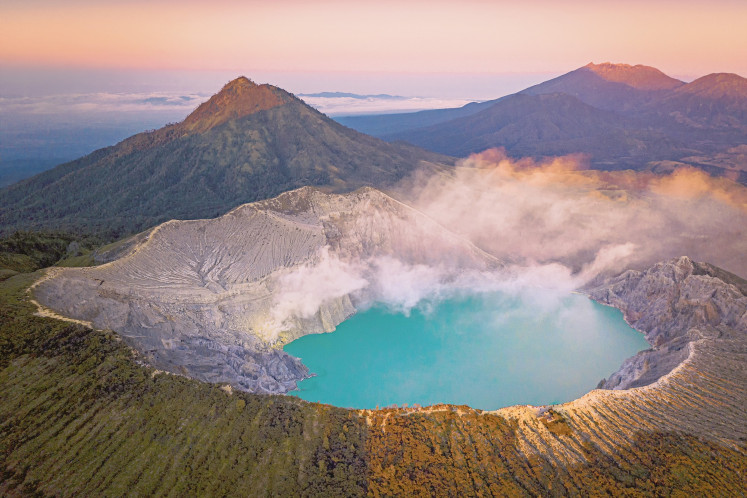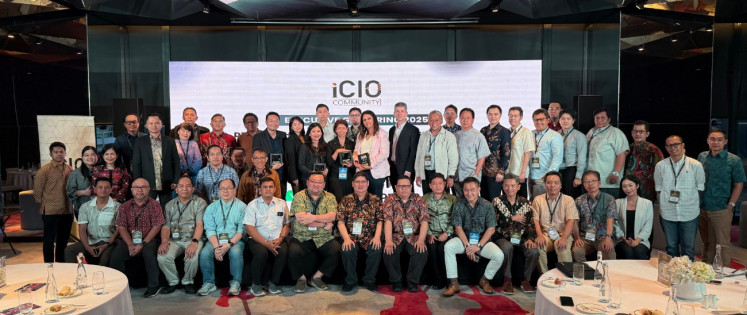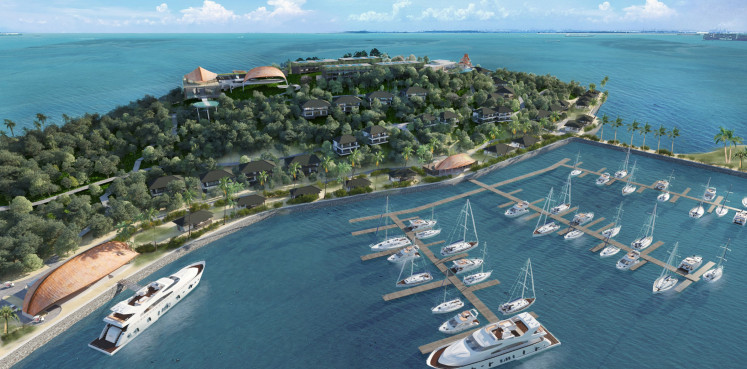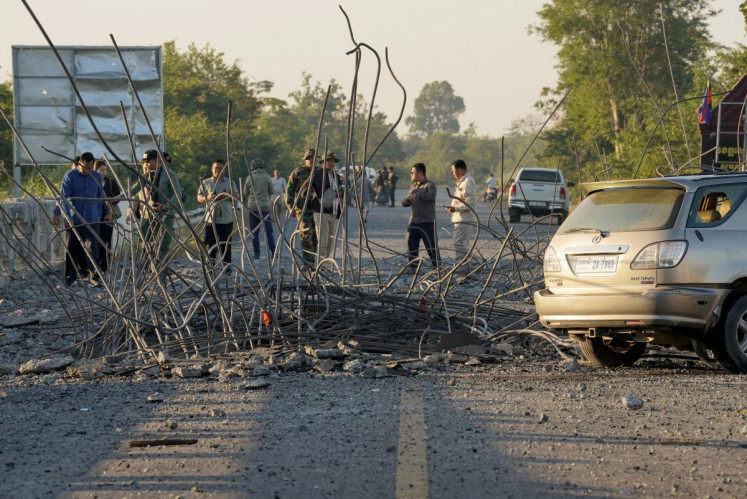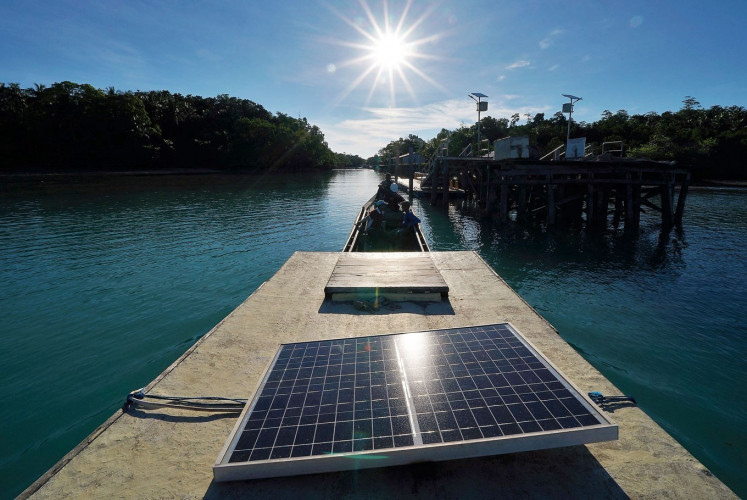Popular Reads
Top Results
Can't find what you're looking for?
View all search resultsPopular Reads
Top Results
Can't find what you're looking for?
View all search results“From Bali to Banyuwangi: A Cultural Odyssey Through History and Nature”
From sacred temples to serene water palaces and timeless villages, East and North Bali invite travelers to explore the island’s less-traveled roads for an authentic and enriching experience.
Change text size
Gift Premium Articles
to Anyone
East and North Bali: Hidden Gems of History and Culture
Bali, often called the Island of the Gods, is globally celebrated for its stunning beaches, vibrant traditions, and welcoming hospitality. While South Bali often steals the spotlight, the eastern and northern regions hold untapped treasures that delve deeper into the island’s spiritual, cultural, and natural heritage. From sacred temples to serene water palaces and timeless villages, East and North Bali invite travelers to explore the island’s less-traveled roads for an authentic and enriching experience.
Goa Lawah Temple: A Sanctuary of Spiritual and Historical Significance
Located in Pasinggahan Village, Klungkung Regency, about 40 kilometers from Denpasar, Goa Lawah Temple stands as one of Bali’s most revered spiritual sites. Known as the “Bat Cave Temple,” this sacred space houses thousands of bats considered spiritual guardians. The temple’s name derives from the Balinese words goa (cave) and lawah (bat).
Dedicated to Lord Shiva, Goa Lawah plays a pivotal role in purification rituals for Balinese Hindus, symbolizing the connection between mountains and the sea (nyegara-gunung). Historically, it was a site of resistance during the Kusamba War against Dutch colonial forces in the mid-19th century. Today, its spiritual ambiance and rich history continue to attract both pilgrims and curious travelers.
Tenganan Village: A Living Heritage of Bali Aga Culture
In the Karangasem Regency lies Tenganan Village, one of Bali’s oldest traditional settlements. This village offers a rare glimpse into the Bali Aga culture, which predates modern Balinese Hindu traditions. Tenganan’s harmonious village layout and meticulously designed homes, made from red brick and river stones, reflect a deep connection to nature and spirituality.
The village is renowned for its geringsing cloth, created using an intricate double-ikat weaving technique. Believed to possess protective powers, these textiles are highly valued locally and internationally. Tenganan also hosts the annual Ngusaba Sambah festival, featuring the thrilling pandanus war (mageret pandan), a unique ritual combat. Visitors are invited to witness and participate in these timeless traditions.
Tirta Gangga: A Royal Oasis of Serenity
Built in 1946 by the King of Karangasem, Tirta Gangga translates to “Holy Water of the Ganges,” signifying its spiritual and cultural significance. This royal water palace features tiered fountains, lush gardens, and crystal-clear pools fed by natural springs. Visitors can walk on stepping stones across ornamental ponds teeming with vibrant koi fish, surrounded by intricate stone carvings.
Initially a royal retreat, Tirta Gangga is now open to the public, offering a tranquil escape and a glimpse into Bali’s regal past.
Taman Ujung: The Grandeur of the Water Palace
Another architectural marvel in Karangasem is Taman Ujung, also known as the “Water Palace.” Built in the early 20th century by the King of Karangasem, this site blends Balinese and European architectural styles. Despite its reduced size, Taman Ujung retains its splendor, with expansive pools, elegant bridges, and panoramic views from the Bale Kapal pavilion.
The palace’s history is as captivating as its design, showcasing a collaboration between Dutch, Chinese, and Balinese architects. It remains a testament to the island’s unique ability to blend diverse cultural influences.
Les Village: A Beacon of Sustainable Tourism
Situated along Bali’s northern coast in Buleleng Regency, Les Village exemplifies sustainable tourism. Awarded Best Tourism Village at the 2024 Indonesian Tourism Village Awards, it offers visitors pristine beaches, vibrant coral reefs, and authentic cultural experiences like traditional salt farming.
Les Village’s commitment to environmental conservation and community empowerment enhances its allure, making it a must-visit destination for eco-conscious travelers.
Lovina Beach: A Dolphin Lover’s Paradise
Nine kilometers west of Singaraja City lies Lovina Beach, a serene coastal haven. Famous for its dolphin-watching tours, visitors can board traditional jukung boats to witness these playful creatures at sunrise. Lovina’s unspoiled beauty and warm hospitality create an experience that embodies Bali’s charm and tranquility.
Venturing Beyond Bali: Cultural Wonders in East Java
While Bali’s charm lies in its breathtaking landscapes and rich traditions, a short ferry ride to the eastern coast of Java introduces visitors to a region equally abundant in culture, history, and natural beauty. Banyuwangi, the easternmost regency of Java, offers a fascinating gateway to explore the traditions and landscapes that are uniquely its own. Among its highlights are the Osing Kemiren Village and the mesmerizing Ijen Crater, which together weave a narrative of heritage and nature that captivates the senses.
Osing Kemiren Village: A Living Museum of Culture
Located in Banyuwangi, Osing Kemiren Village stands as a testament to the rich heritage of the Osing people, the indigenous ethnic group of Banyuwangi. With its deep-rooted traditions, this village offers a vivid glimpse into the daily life, rituals, and art forms that have been preserved through generations.
The village’s layout and architecture reflect the Osing people’s connection to their ancestors and nature. Homes are adorned with traditional carvings and designs that embody symbolic meanings. Visitors are greeted by the vibrant sounds of traditional music and the warm hospitality of the community, which remains dedicated to preserving its identity in the modern era.
Osing Kemiren Village is renowned for its captivating rituals and festivals. Among them is the Barong Ider Bumi, held annually on the second day of Eid al-Fitr. This sacred procession, steeped in spiritual significance, is believed to cleanse the village of negative energy and bring prosperity. The ritual includes offerings at the ancestral shrine of Mbah Buyut Cili, followed by communal prayers and a feast featuring pecel pithik, a traditional chicken salad infused with local flavors.
Another iconic tradition is the Tumpeng Sewu Ceremony, celebrated during the first week of Dhu al-Hijjah. The event revolves around gratitude, offerings, and communal harmony, culminating in a colorful feast that brings the village together in prayer and joy. Adding to the allure of Osing Kemiren is the annual Traditional Snack Festival, where the village transforms into a bustling marketplace showcasing the culinary expertise of local women.
These vibrant celebrations not only uphold the community’s cultural legacy but also provide visitors with an immersive experience into the heart of Osing heritage.
Ijen Crater: Nature’s Fiery Spectacle
For adventurers and nature enthusiasts, a visit to the Ijen Crater is an absolute must. Located on the border of Banyuwangi and Bondowoso regencies, this natural wonder is famous for its ethereal “blue fire” phenomenon, visible only during the dark hours of early morning.
The blue fire results from the combustion of sulfuric gases, creating an otherworldly glow against the darkened landscape. Trekking to the crater during the early hours offers visitors a chance to witness this unique spectacle, alongside the mesmerizing views of the crater lake. The lake itself, with its vivid turquoise hue, is one of the largest acidic lakes in the world and is surrounded by rugged volcanic landscapes that create a surreal environment.
Beyond the blue fire, the journey to the summit of Mount Ijen is a feast for the senses. The trail winds through lush pine forests, coffee plantations, and smaller volcanic craters, offering panoramic views of the surrounding mountains, including Mount Raung, Mount Suket, and Mount Rante.
The Ijen Crater is not only a geological marvel but also a site of human endurance. Sulfur miners brave harsh conditions to extract the vibrant yellow sulfur from the crater, a practice that has been part of the region’s economy for decades. Visitors can observe these miners and gain a deeper appreciation for their resilience.
A Blend of Tradition and Nature
Together, the Osing Kemiren Village and Ijen Crater highlight the diversity and depth of East Java’s cultural and natural landscapes. From ancient rituals and culinary traditions to awe-inspiring volcanic phenomena, the region offers an unforgettable journey that complements the magic of Bali. Venturing beyond Bali to East Java unveils a treasure trove of experiences that enrich any traveler’s understanding of Indonesia’s multifaceted heritage.
Discovering Bali’s Soul
East and North Bali’s enchanting destinations provide a refreshing contrast to the bustling hubs of the south. Whether you’re drawn to ancient temples, serene water palaces, or untouched beaches, this region offers a journey through the heart and soul of Bali’s history, culture, and natural beauty. For those seeking more, a trip to East Java adds another layer of adventure and cultural discovery, making this journey truly unforgettable.
Find the next holiday vacation inspiration at www.indonesia.travel

